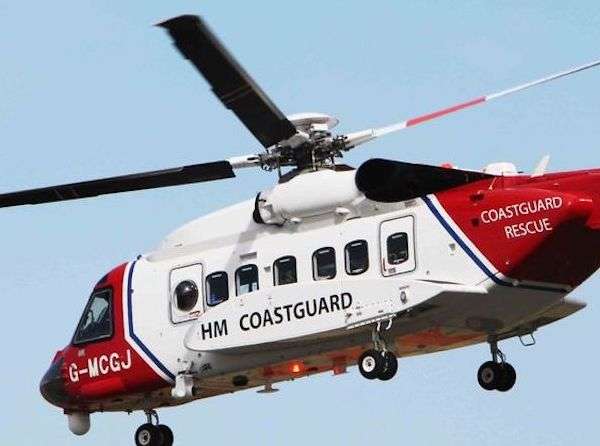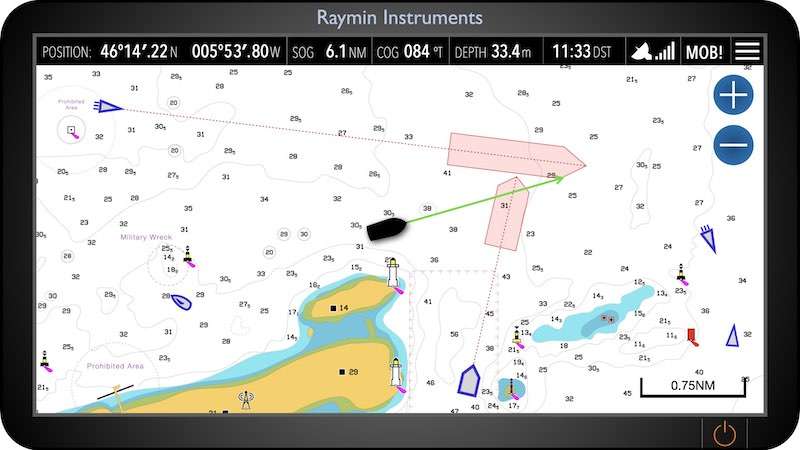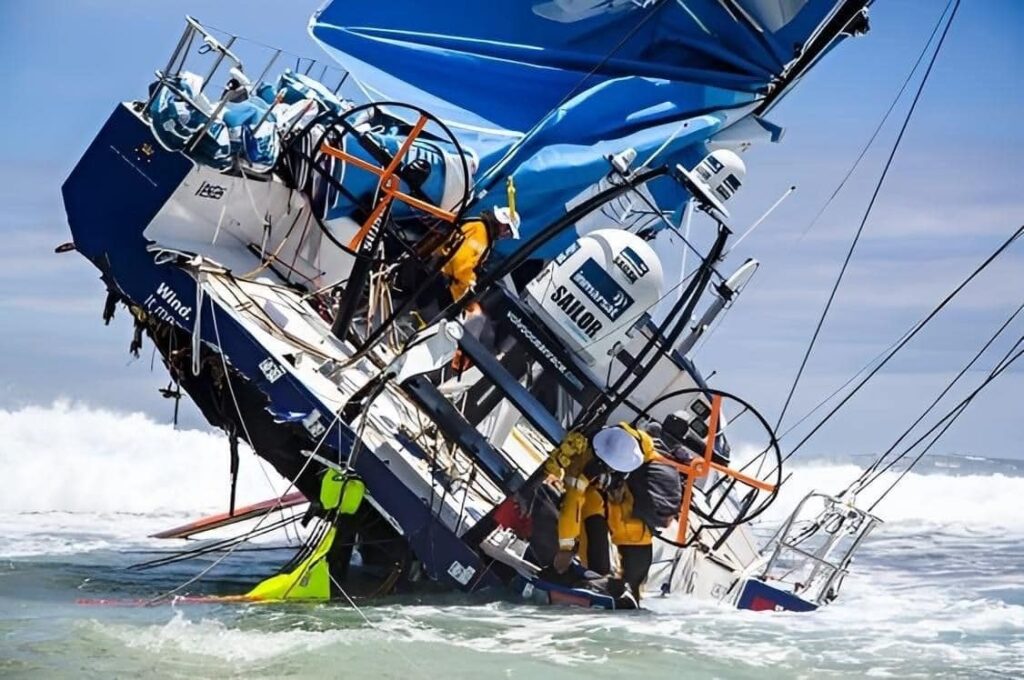Helicopter Rescue at Sea: Navigating the Challenges for Successful Operations

Helicopter rescue operations at sea are critical in saving lives during maritime emergencies. Whether responding to shipwrecks, medical emergencies, or search and rescue missions, helicopter teams face unique challenges in the dynamic and often harsh marine environment. This article explores the best practices for helicopter rescue at sea, focusing on the key considerations and strategies for successful operations.
- Rigorous Training and Preparedness: Successful helicopter rescue operations at sea begin with comprehensive training for aircrews and maritime rescue personnel. Training should cover a range of scenarios, including hoisting operations, navigation in adverse weather conditions, and communication protocols. Regular drills and joint exercises with maritime agencies ensure seamless coordination during emergencies.
- Equipment Readiness and Maintenance: Helicopter rescue teams must prioritise the readiness and maintenance of their equipment. This includes ensuring that hoisting systems, winches, and rescue baskets are regularly inspected and meet safety standards. Aircraft and rescue equipment should undergo routine maintenance checks to mitigate the risk of malfunctions during critical operations.
- Weather Monitoring and Decision-Making: Sea conditions can change rapidly, impacting the safety and feasibility of helicopter rescues. Best practices dictate continuous weather monitoring and robust decision-making processes. Helicopter crews must assess wind speed, wave height, and visibility to determine the optimal window for safe operations. In adverse conditions, making timely decisions, including postponing or aborting a rescue mission, is crucial.
- Effective Communication Protocols: Communication is the linchpin of successful helicopter rescues at sea. Standardised and effective communication protocols between aircrews, maritime agencies, and distressed vessels are imperative. Clear and concise communication ensures that all parties know the situation, objectives, and any changes in the rescue plan.
- Risk Assessment and Management: Conducting thorough risk assessments before and during helicopter rescue operations is a fundamental best practice. Assessments should consider factors such as sea state, vessel stability, and the health condition of the individuals to be rescued. Helicopter crews must be trained to adapt their approach based on evolving risks and make informed decisions to mitigate potential hazards.
- Specialised Rescue Techniques: Helicopter rescue teams should be proficient in specialised techniques required for sea-based rescues. This includes precision hovering, dynamic positioning, and swift and controlled hoisting operations. Crew members must also be trained in water rescue techniques, as they may need to enter the water to assist individuals during evacuation.
- Collaboration with Maritime Agencies: Successful helicopter rescues at sea demand seamless collaboration between aerial and maritime assets. Close coordination with the Coast Guard, naval vessels, and other maritime agencies is essential. Establishing clear lines of communication, sharing real-time information, and conducting joint exercises contribute to effective collaboration during rescue operations.
- Medical Preparedness: Helicopter rescue teams must be equipped to provide initial medical assistance to individuals rescued at sea. This includes training crew members in essential life support and the use of medical equipment. Helicopters may have medical kits, stretchers, and specialised medical personnel for more complex medical emergencies.
- Training in Night Operations: Nighttime rescues present additional challenges due to reduced visibility and heightened risks. Helicopter rescue teams should undergo specific training for night operations, including using night-vision goggles and other specialised equipment. Familiarity with search patterns, navigation, and hoisting in low-light conditions enhances the team’s ability to respond effectively at night.
- Post-Operation Debriefing and Continuous Improvement: Following each rescue operation, a thorough debriefing is essential. This involves assessing the effectiveness of the operation, identifying areas for improvement, and sharing lessons learned among the rescue team. Continuous improvement is a hallmark of successful helicopter rescue operations, ensuring teams adapt and enhance their capabilities based on real-world experiences.
Conclusion
Helicopter rescue operations at sea are inherently complex, requiring a combination of specialised skills, equipment, and coordination. Implementing best practices in training, communication, risk assessment, and collaboration with maritime agencies is essential for ensuring the safety of both rescue teams and those in distress. As technology advances and maritime challenges evolve, the commitment to continuous improvement and adherence to best practices will remain crucial in saving lives and successfully navigating the challenges of helicopter rescue at sea.






